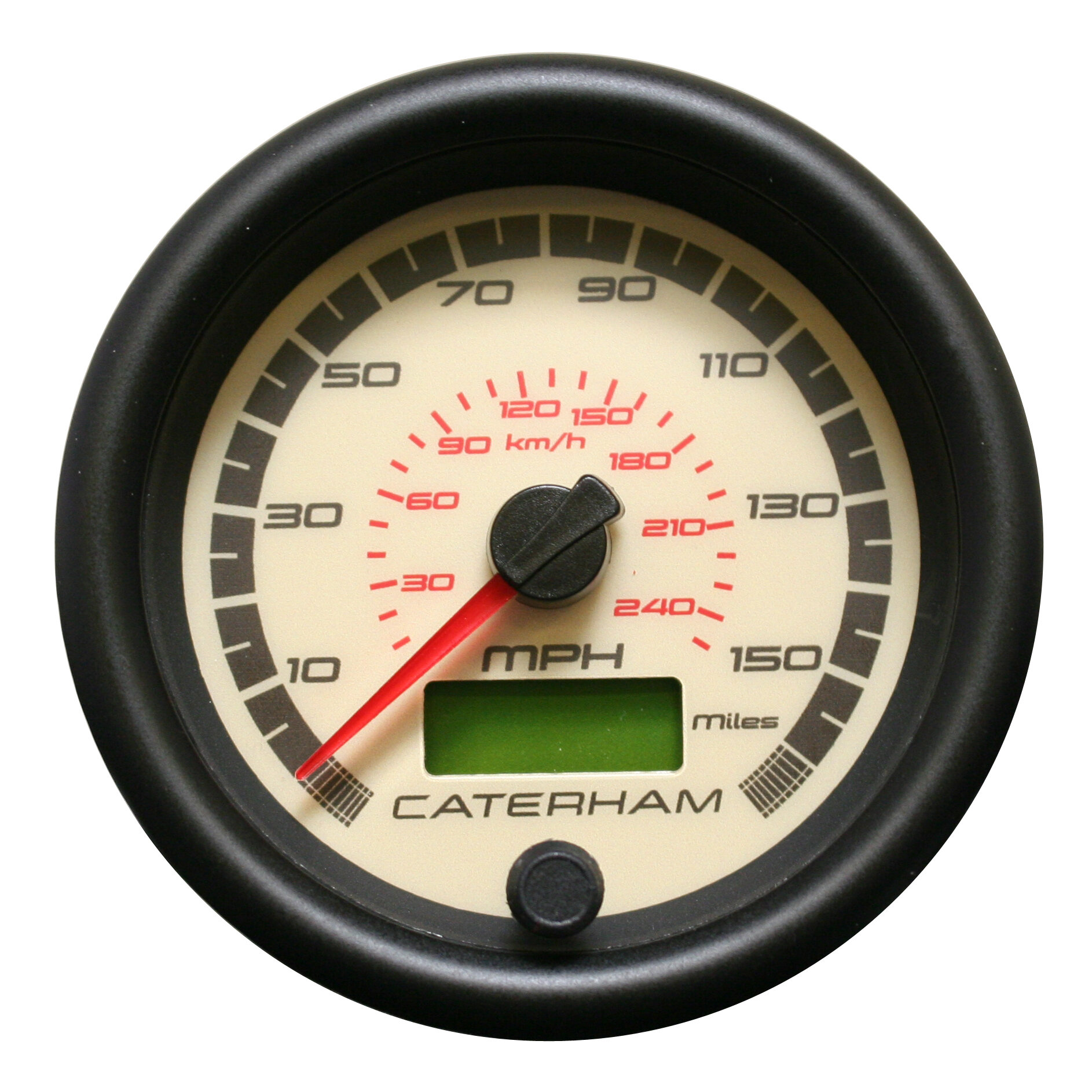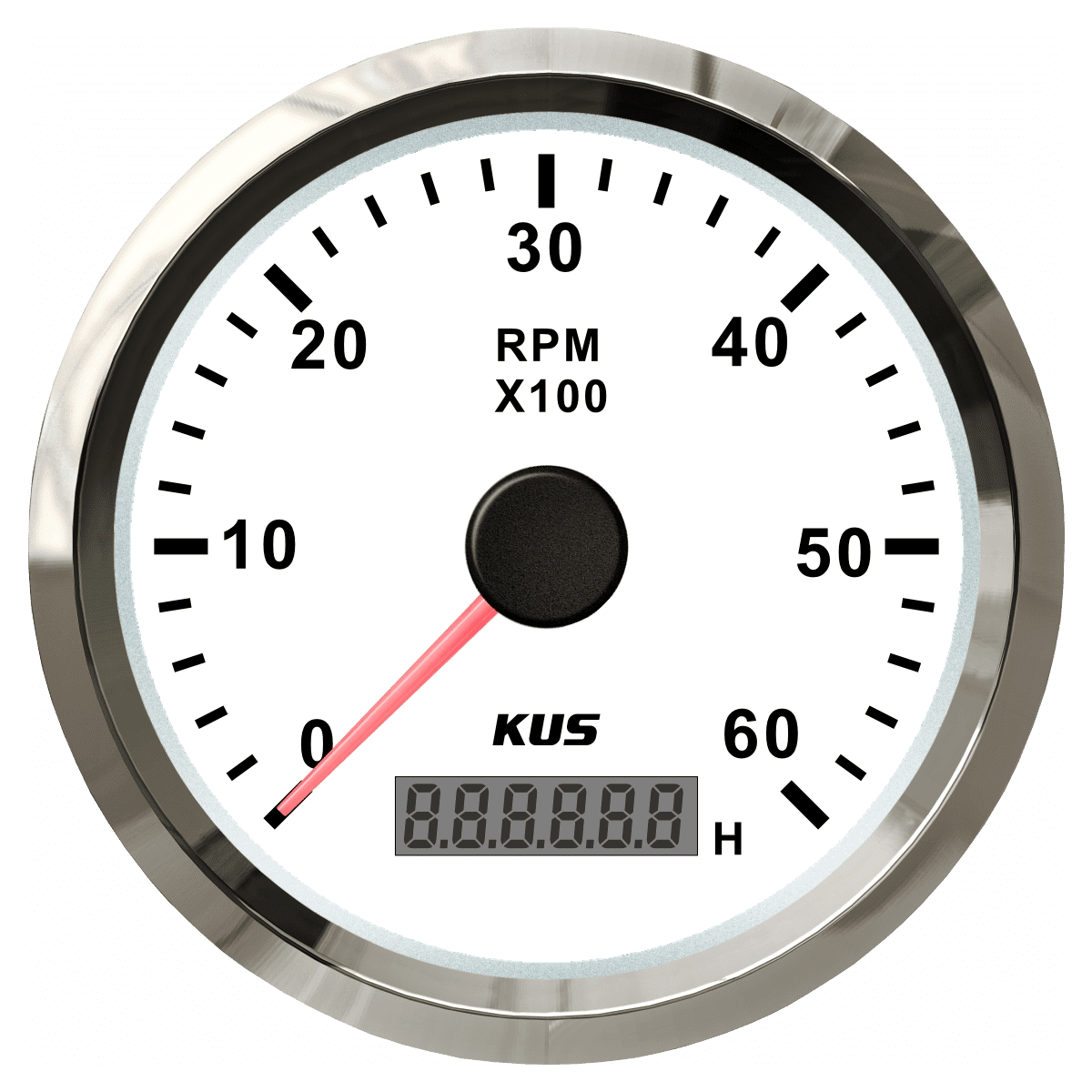Specialist Tips for Maintaining and Adjusting Your Tachometer
Specialist Tips for Maintaining and Adjusting Your Tachometer
Blog Article
Discovering the Functions and Advantages of a Tachometer: A Comprehensive Overview for Car Fanatics
From offering real-time data on engine speed to helping in optimizing equipment shifts, the tachometer offers as more than simply a dial on the control panel. Its complex functions not just improve driving experience but additionally play a crucial duty in preserving engine health and wellness and effectiveness.
Comprehending the Basics of a Tachometer
In the realm of automobile instrumentation, understanding the essentials of a tachometer is essential for any auto enthusiast looking to delve right into the intricacies of engine efficiency monitoring. A tachometer, often presented on the control panel of a car, measures the engine's changes per minute (RPM) This vital tool supplies real-time information on just how fast the engine crankshaft is revolving. By keeping track of the RPM, drivers can guarantee they are running within the optimum range to make best use of performance and effectiveness.
Tachometers generally have a range marked in revolutions per min, with a redline suggesting the optimum speed at which the engine can securely operate (tachometer). This details is essential for avoiding engine damages and optimizing gear moving for hands-on transmissions. Additionally, tachometers can assist in identifying engine concerns such as misfires or a falling short ignition system by identifying irregular RPM readings
Significance of Monitoring Engine Speed

The engine speed, determined in revolutions per min (RPM), shows how quickly the engine's crankshaft is revolving. Checking engine speed is especially vital during gear changes, as it assists vehicle drivers figure out the appropriate time to transform gears for smooth velocity and effective fuel intake.
Additionally, tracking engine speed can additionally supply valuable understandings into the general wellness of the lorry. Uncommon changes in RPM might show problems such as a clogged up air filter, fuel system problems, or perhaps engine misfires. By identifying these irregularities beforehand via the tachometer analyses, drivers can attend to potential problems immediately, stopping extra severe damages and costly repair work down the line. Overall, monitoring engine speed with a tachometer is a basic technique that can improve driving efficiency, extend engine life, and ensure a safer and a lot more enjoyable driving experience.
Enhancing Efficiency With Equipment Shifts
Optimizing efficiency with strategic equipment shifts is a crucial element of making best use of a lorry's efficiency and power output. Correct gear moving guarantees that the engine operates within its optimal power band, permitting smooth acceleration and boosted fuel economy. When changing gears, it is crucial to focus on the engine speed showed on the tachometer. By checking the engine revolutions per minute (RPM), chauffeurs can identify one of the most favorable minutes to upshift or downshift for optimal efficiency.

To attain peak performance through gear shifts, chauffeurs ought to practice smooth and timely shifts between equipments, matching engine rate with roadway rate to harness the full possibility of their lorry's powertrain.
Taking Full Advantage Of Performance With a Tachometer
Understanding the art of gear changing in high-performance automobiles not only boosts driving experience however additionally plays a crucial duty in making best use of efficiency with a tachometer. tachometer. By paying close attention to the tachometer readings, vehicle drivers can optimize their equipment shifts to run within the engine's most reliable array. When speeding up, changing equipments at the appropriate RPM shown by the tachometer can avoid the engine from straining or underperforming, bring about boosted fuel effectiveness and general performance
Additionally, a tachometer assists motorists prevent unneeded revving, which not just wastes fuel but also puts unneeded strain on the engine. Regularly monitoring the tachometer while driving enables smoother gear changes, decreasing damage on the transmission system with time.

Advanced Tips for Tachometer Use
To dig into innovative tips for tachometer utilization, consider incorporating the use of change lights. Change lights are visual indications go to this web-site that illuminate when it's time to move gears based on engine transformations per minute (RPM), enabling for smooth equipment changes without continuously keeping an eye on the tachometer. By fine-tuning shift points and setting warning thresholds, drivers can maximize velocity and engine efficiency while minimizing the risk of over-revving.
Conclusion
Finally, the tachometer functions as a vital tool for automobile fanatics to keep an eye on engine rate, enhance performance through equipment shifts, and optimize efficiency. By understanding the features and benefits of a tachometer, drivers can enhance their driving experience and extend the lifespan of their automobile. Making use of innovative tips for tachometer application can further boost driving skills and general performance when driving.
Report this page